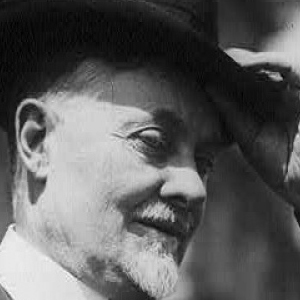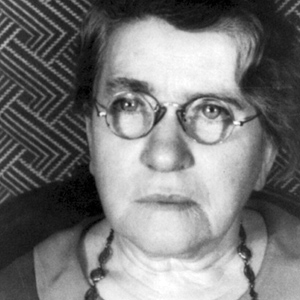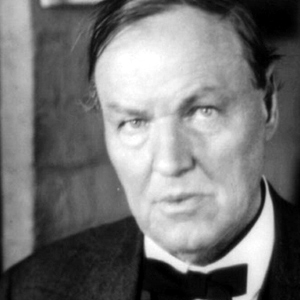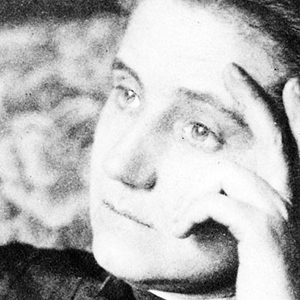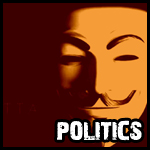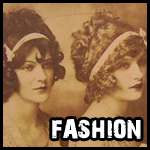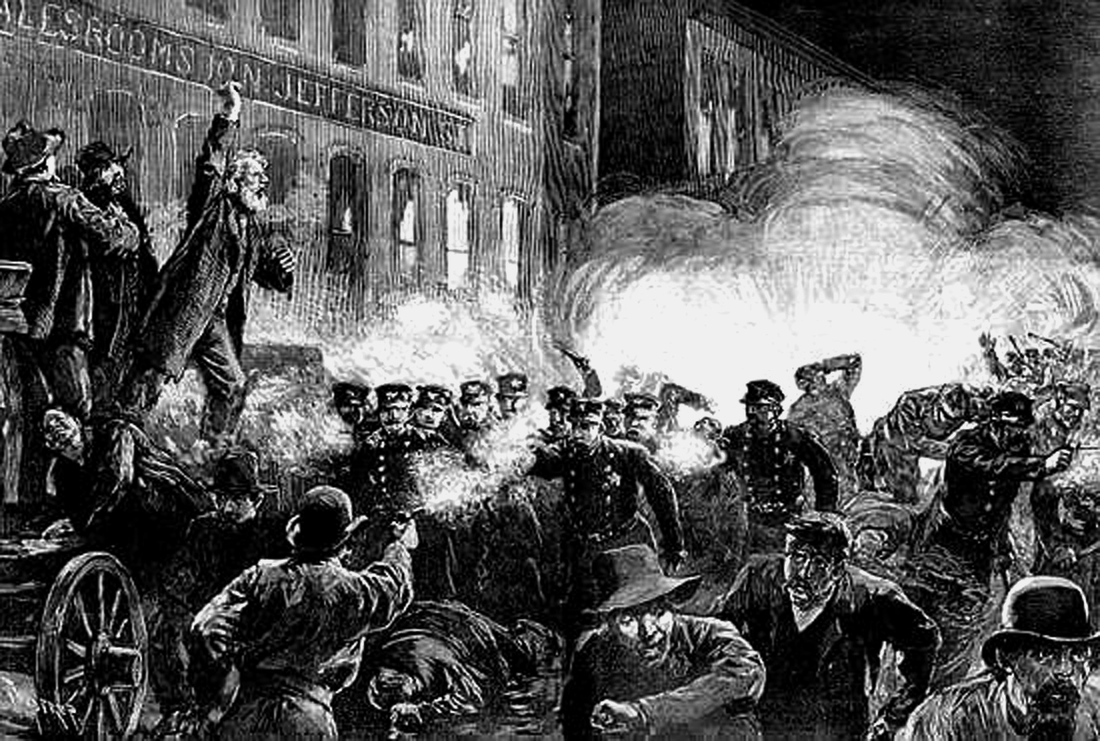
While Crane was ushering in a new dawn of Capitalist Responsibility, there was a darker side to life as a worker in this Industrial Revolution. Many factory-related stories included unfit work places, low wages and long work days. Unions began to organize to create a collective voice for the average disadvantaged man, woman and child. Some of these issues were dealt with in the form of protest. In Richard’s very own Chicago backyard, the stage had been set for one of the most infamous moments in the labor movement history and for the quest for worker’s rights.
On May 1, 1886, hundreds of thousands of people marched - in the name of workers rights - on the streets of cities across America. In Chicago, the numbers alone topped ten thousand. It was a culmination of a series of strikes and police skirmishes that had been bubbling up over the course of the past several years.
The line in the sand had been drawn between capital and labor and the side that was represented by stockholders, office workers and management types - who in Chicago were mostly native born and of Protestant persuasion - were getting a bit nervous. The core of the Chicago’s new worker’s population was a part of the larger influx of new European immigrants coming to America with many arriving from Germany and Ireland.
On the evening of May 4, an impromptu rally materialized in Haymarket Square and ironically it was right in front of Crane’s Chicago Manufacturing Factory.
And as in any movement there was a spectrum of philosophy and expectations. The organizers of this particular get together were German anarchists. Their philosophy was dubbed the “Chicago idea” which was a quasi Trojan Horse concept that allowed the anarchists to work closely with unions as a leap frog to a post-revolutionary society that unions could work within. Their expectations were high seeing that tides were rising in their favor.
Within the anarchist rhetoric there was much talk exacting revenge for police brutality and the powers of industrial strength dynamite as these new immigrants tested the limitations of their newly found freedom of speech.
The members of this anarchist circle were well known in the Chicago community and on this evening even Mayor Carter Harrison was in attendance just to keep an eye on things. Minutes after Harrison departed the gathering, one hundred forty-five well armed policemen and members of Pinkerton National Detective Agency – a private law enforcement agency ala Blackwater - descended upon the proceedings.
According to all witnesses, the rally attendees and speakers were respectful and took heed to the directions from the police to wind things up and call it a night.
A bomb, the one we’ve seen for decades in many a cartoon - that round black ball with the long lit wick - was hurled across the crowd and landed at the feet of the police line. It was anarchy and police drew their guns and began firing like the gang that couldn’t shoot straight. Seven officers were killed in the barrage of friendly fire.
In one moment they were able to neatly package an entire movement into the ideas and actions of a fringe element and its symbol, the red flag. It would also give the Anarchist movement two of it’s most endurable martyrs, August Spies and Albert Parsons, Jr. It was forevermore the illusion of big business, government and media versus immigrants, unions, communists, socialists and the ilk.
It was not long before a statue of a Chicago police officer holding his hand in a peace gesture was unveiled a few hundred feet away from the site of the bombing. A committee of businessmen led by Richard T. Crane largely paid for the statue. The statue will be destroyed during the 1968 Chicago Democratic Convention protests.
This in some ways planted the seeds for the argument that it was un-American to be pro-worker. Two Chicago names that were featured prominently in defense of the anarchists were social work pioneer Jane Addams & American Civil Liberties founder, Clarence Darrow.

(c) 2016 Motherlode.TV
|


